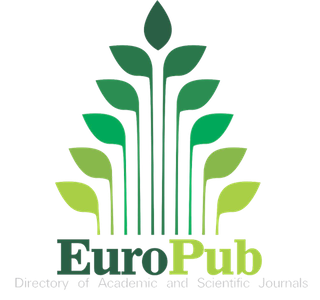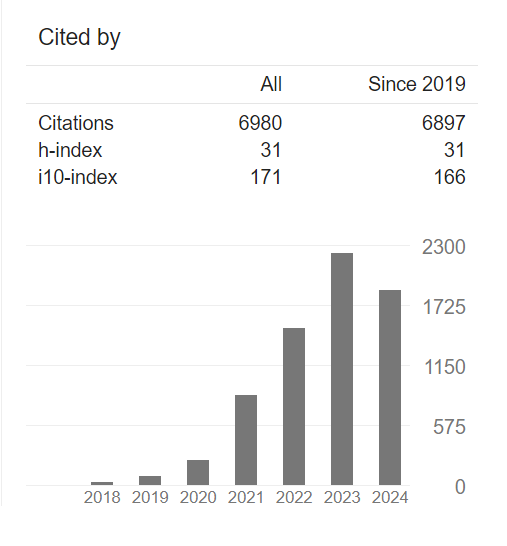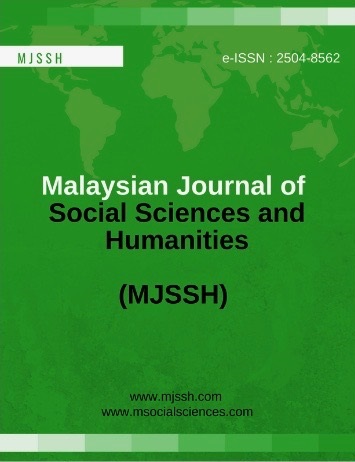Assessing Social Environment Indicators for Building Sustainable Urban Communities in Major Cities in Malaysia
Abstract
As urbanization accelerates in Malaysia's major cities (Klang Valley (Kuala Lumpur, Selangor, Putrajaya), Penang, Johor Bahru, Kota Kinabalu, and Kuching) the quality of the social environment becomes increasingly critical in shaping community well-being. This study explores the interplay of sociodemographic factors, residential characteristics, neighbourhood dynamics, and various aspects of community life to assess perceived sustainability in these urban centres. Utilizing a sample of 2,850 respondents from a distributed set of 2,957 questionnaires, the research evaluates dimensions including relationship support, community interaction, engagement, safety, identity, play and design, interaction variety, shared spaces, and outdoor opportunities. Findings reveal a generally positive perception of the social environment, with high ratings for residential conditions (mean score: 4.5559) and safety (mean score: 4.5377). However, variability in responses highlights areas for potential improvement, such as outdoor opportunities, which showed the highest variability (mean score: 3.5909). The analysis indicates that factors like balanced age distribution, accessible healthcare, and affordable housing are crucial for fostering a vibrant urban community. Additionally, high levels of community engagement and safety contribute significantly to residents' overall satisfaction, while diverse opportunities for social interaction enhance the sense of belonging and inclusivity. The study underscores the importance of a nuanced understanding of social environment components in urban planning. By offering insights into how these elements intersect and impact residents' experiences, the research provides valuable implications for developing thriving, inclusive, and resilient urban communities in Malaysia. The findings serve as a benchmark for enhancing social cohesion and guiding future urban development strategies, both locally and in similar global contexts.
Downloads
References
Altman, I., & Low, S. M. (1992). Place attachment. Springer.
Chang, J., Lin, Z., Vojnovic, I., Qi, J., Wu, R., & Xie, D. (2023). Social environments still matter: The role of physical and social environments in place attachment in a transitional city, Guangzhou, China. Landscape and Urban Planning, 232, 104680. https://doi.org/10.1016/j.landurbplan.2022.104680
De Vaus, D. (2002). Surveys In Social Research (5th ed.). Routledge. https://doi.org/10.4324/9780203501054
Diener, E. (1984). Subjective well-being. Psychological Bulletin, 95(3), 542–575. https://doi.org/10.1037/0033-2909.95.3.542
Diener, E., Suh, E. M., Lucas, R. E., & Smith, H. L. (1999). Subjective well-being: Three decades of progress. Psychological Bulletin, 125(2), 276–302. https://doi.org/10.1037/0033-2909.125.2.276
Hamid, N.H., Ahmad, A.R.B., & Awang, M.M. (2019). Social Environmental Support Towards Leisure Time Activities Among Multi-Ethnic Youth in Malaysia. In N. Noordin, & N. Ngadnon (Eds.), Sustainable Development and Societal Wellbeing in The Current Technological Era (pp. 300 - 302). Padang: Redwhite Pres. https://doi.org/10.32698/GCS.01113
Kasarda, J. D., & Janowitz, M. (1974). Community attachment in mass society. American Sociological Review, 39(3), 328–339. https://doi.org/10.2307/2094293
Karim, H. A. (2012). Low-Cost Housing Environment: Compromising Quality of Life? Procedia - Social and Behavioral Sciences, 35, 44-53. https://doi.org/10.1016/j.sbspro.2012.02.061
Krejcie, R. V., & Morgan, D. W. (1970). Determining sample size for research activities. Educational and Psychological Measurement, 30(3), 607–610. https://doi.org/10.1177/001316447003000308
Leung, L., & Lee, P. S. N. (2005). Multiple determinants of life quality: The roles of Internet activities, use of new media, social support, and leisure activities. Telematics and Informatics, 22(3), 161–180. https://doi.org/10.1016/j.tele.2004.04.003
Lewicka, M. (2011). Place attachment: How far have we come in the last 40 years? Journal of Environmental Psychology, 31(3), 207–230. https://doi.org/10.1016/j.jenvp.2010.10.001
Lloyd, K. M., & Auld, C. J. (2002). The role of leisure in determining quality of life: Issues of content and measurement. Social Indicators Research, 57(1), 43–71. https://doi.org/10.1023/A:1013879518210
Proshansky, H. M. (1978). The city and self-identity. Environment and Behavior, 10(2), 147–169. https://doi.org/10.1177/0013916578102002
Relph, E. (1976). Place and placelessness. Pion.
Rodríguez, A., Látková, P., & Sun, Y.-Y. (2008). The relationship between leisure and life satisfaction: Application of activity and need theory. Social Indicators Research, 86(1), 163–175. https://doi.org/10.1007/s11205-007-9101-y
Ryan, R. M., & Deci, E. L. (2001). On happiness and human potentials: A review of research on hedonic and eudaimonic well-being. Annual Review of Psychology, 52(1), 141–166. https://doi.org/10.1146/annurev.psych.52.1.141
Scannell, L., & Gifford, R. (2010). Defining place attachment: A tripartite organizing framework. Journal of Environmental Psychology, 30(1), 1–10. https://doi.org/10.1016/j.jenvp.2009.09.006
Sepahpour, G., & Shahabi Haghighi, H. (2017). Children’s social interaction and play environment: An approach to user-centered design. European Online Journal of Natural and Social Sciences, 6(1s), 113–121.
Shumaker, S. A., & Taylor, R. B. (1983). Toward a clarification of people–place relationships: A model of attachment to place. In Environmental psychology: Directions and perspectives (pp. 19–25). Praeger.
Stedman, R. C. (2003). Is it really just a social construction? The contribution of the physical environment to sense of place. Society & Natural Resources, 16(8), 671–685. https://doi.org/10.1080/08941920309189
Tinsley, H. E. A., & Eldredge, B. D. (1995). Psychological benefits of leisure participation: A taxonomy of leisure activities based on their need-gratification properties. Journal of Counseling Psychology, 42(2), 123–132. https://doi.org/10.1037/0022-0167.42.2.123
Tuan, Y. F. (1979). Space and place: The perspective of experience. University of Minnesota Press.
Ujang, N., Kozlowski, M., & Maulan, S. (2018). Linking Place Attachment and Social Interaction: Towards Meaningful Public Places. Journal of Place Management and Development, Vol. 11, No. 1, pp. 115-129. https://doi.org/10.1108/JPMD-01-2017-0012
Williams, D. R., & Vaske, J. J. (2003). The measurement of place attachment: Validity and generalizability of a psychometric approach. Forest Science, 49(6), 830–840.
Zhang, Y., Wu, W., He, Q., & Li, C. (2018). Public transport use among the urban and rural elderly in China: Effects of personal, attitudinal, household, social-environment and built-environment factors. Journal of Transport and Land Use, 11(1). https://doi.org/10.5198/jtlu.2018.978
Zikmund, W. G., & Babin, B. J. (2010). Exploring Marketing Research (10th ed., pp. 188-186). Boston, MA: South-Western Cengage Learning.

















